Cupping is a popular method that many Vietnamese people often do to relieve colds and help 'restore health'. However, if abused or done on the wrong person or at the wrong time, cupping can have negative effects on health.
Specialist Doctor Lam Nguyen Thuy An, University of Medicine and Pharmacy Hospital, Ho Chi Minh City - Branch 3, said that scraping is one of the 6 treatment methods of traditional medicine, also known as "biem phap", which helps clear the meridians, dispel wind and cold, and support the body to eliminate disease-causing evil spirits. This is a treatment method mainly aimed at treating disease conditions caused by external evils invading the body (wind, cold, dampness), thereby promoting protective energy, improving fever symptoms, regulating yin and yang, enhancing the ability to prevent disease and supporting the recovery process after illness.
According to modern medicine, cupping has effects such as stimulating blood circulation, relieving pain, improving metabolism, eliminating toxins and reducing inflammation, helping to strengthen the immune system, reduce stress and support recovery after muscle strain or minor injury.

Cupping is one of the six treatment methods of traditional medicine, also known as "cupping therapy".
Not every cold can be treated with cupping!
Many people have the habit of wanting to get a cupping massage whenever they feel tired, but this also needs to be carefully considered, followed correctly and not abused to ensure health safety.
“Continuous scraping abuse can lead to serious damage to the skin tissue structure. Not only is it ineffective in reducing fatigue, but it can also make the disease worse. Excessive scraping will cause congestion, causing the skin to become red and swollen and possibly create bruises. This condition not only affects health but also reduces aesthetics, making the patient feel uncomfortable and self-conscious about their appearance,” said Dr. Thuy An.
According to Dr. Thuy An, cupping should only be performed when the patient has typical symptoms of a cold (wind-cold) such as: sneezing, runny nose, stuffy nose, headache, chills, goosebumps, mild fever, discomfort, fear of cold, fear of wind, and a thin white coating on the tongue. These symptoms indicate that the body is suffering from an external pathogen and cupping can help release the pathogenic qi, support blood circulation and clear the meridians.
However, for heat stroke (wind heat), the patient often has symptoms of sore throat, dry mouth, high fever, sweating, fear of wind, accompanied by cough with phlegm, thirst, yellow urine. In this case, you should not scrape or beat the cold, but need to treat with medicine to reduce and clear the body heat, because scraping at this time can make the disease worse.
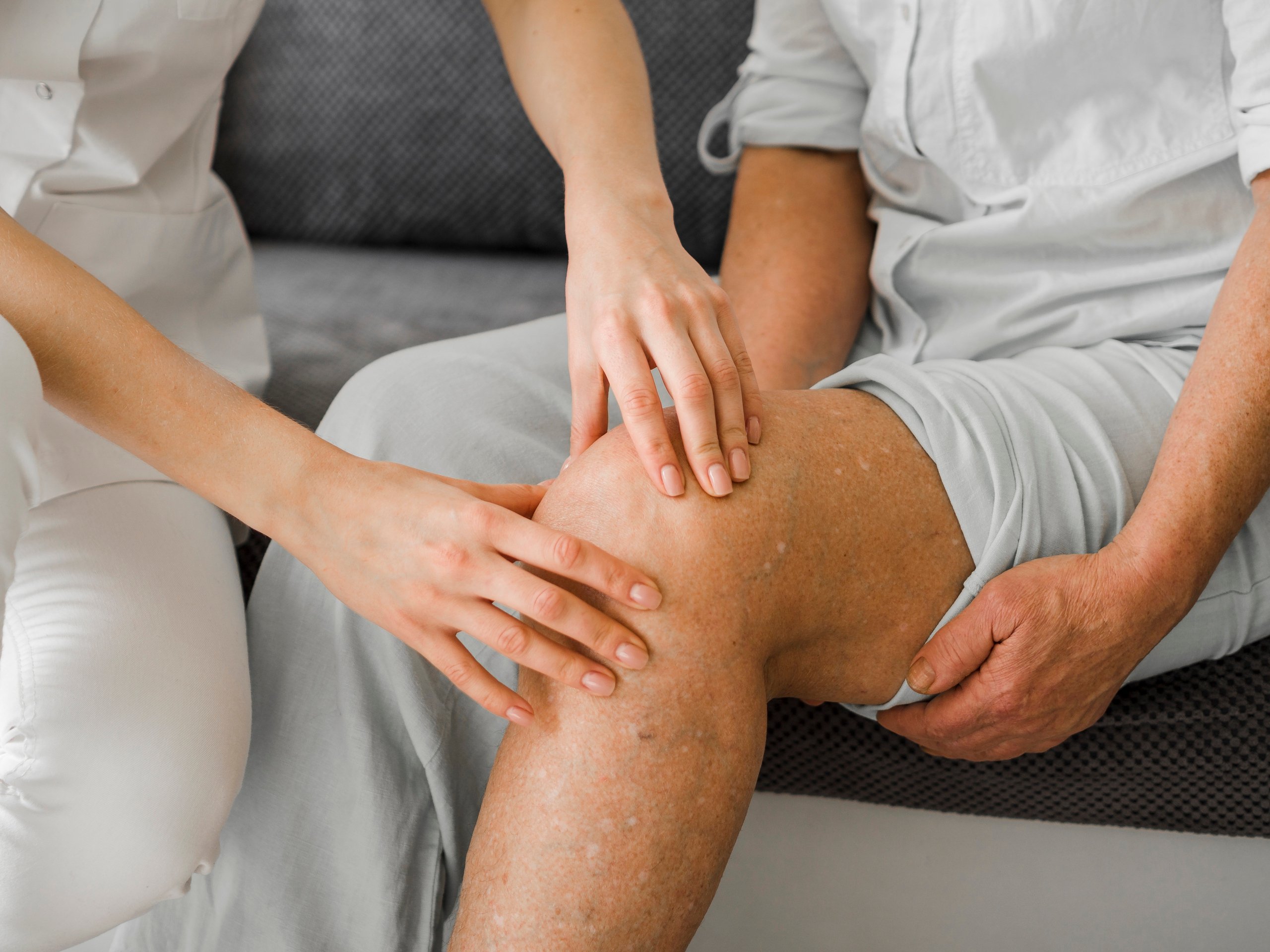
People with varicose veins should not have cupping therapy.
ILLUSTRATION PHOTO: FREEPIK
Who should not have cupping?
Specialist Doctor Lam Nguyen Thuy An has listed 9 groups of people who should not have cupping therapy if they have the following diseases or symptoms:
- Skin rash, swelling, heat, pain: People with skin diseases such as herpes dermatitis, acne or signs of infection.
- Skin that is too thin or has lost elasticity.
- People with heart disease and high blood pressure: People with heart disease or high blood pressure should avoid cupping because it can cause dangerous complications.
- People with varicose veins: People with varicose veins should limit scraping or do it carefully with lighter force.
- Serious illness: People with exhaustion, low blood pressure, hypoglycemia, weakness, heart failure, kidney failure, cirrhosis or severe edema should not have cupping.
- Hemophilia or thrombocytopenia patients: People with blood disorders should avoid cupping because of the high risk of bleeding.
- Broken bones or in the process of healing.
- Pregnant women: For pregnant women, especially in the lower abdomen, scraping is not recommended because it can affect the fetus.
- Children: Children are contraindicated for all forms of cupping.
In addition, it is necessary to pay attention to the time and frequency when scraping, each scraping area should only last from 3-5 minutes, no more than 10 minutes for the entire treatment, ensure to sterilize the tools before and after performing. After scraping one area, shave another area, the next shave should be 3 to 6 days after the previous shave so that the previous scrape has time to disappear. After scraping, it is necessary to keep the body warm and avoid cold wind, avoid the fan blowing on the body, should eat a bowl of onion porridge to relieve cold and absolutely do not eat cold food.
“Morning is the ideal time for cupping, because the body has rested overnight, energy and blood circulation in the body will be better, helping to improve health and spirit for the whole day. Cupping should be avoided in the evening because it can increase body temperature, affecting sleep. For the elderly and those with poor health, it is advisable to monitor the body's reaction after cupping. If you see any unusual signs such as dizziness or nausea, you should stop and see a doctor immediately,” Dr. Thuy An shared.
Source: https://thanhnien.vn/bac-si-chi-ra-nhung-nguoi-khong-nen-cao-gio-185241103222843601.htm



![[Photo] Students of Binh Minh Primary School enjoy the full moon festival, receiving the joys of childhood](https://vphoto.vietnam.vn/thumb/1200x675/vietnam/resource/IMAGE/2025/10/3/8cf8abef22fe4471be400a818912cb85)
![[Photo] Prime Minister Pham Minh Chinh chairs meeting to deploy overcoming consequences of storm No. 10](https://vphoto.vietnam.vn/thumb/1200x675/vietnam/resource/IMAGE/2025/10/3/544f420dcc844463898fcbef46247d16)



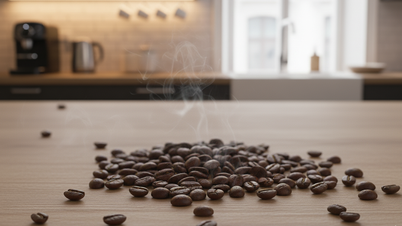


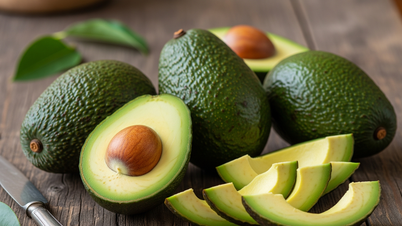
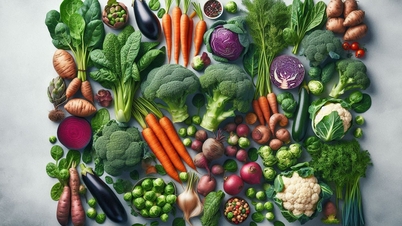
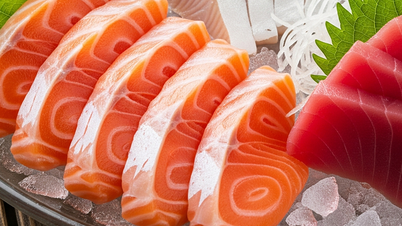


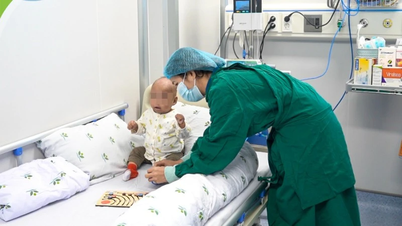
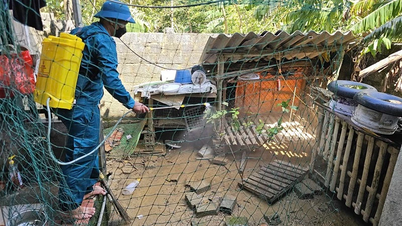
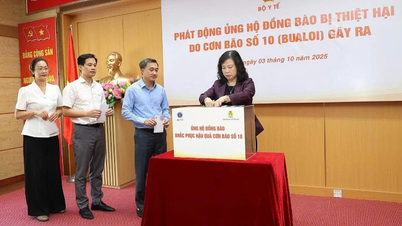
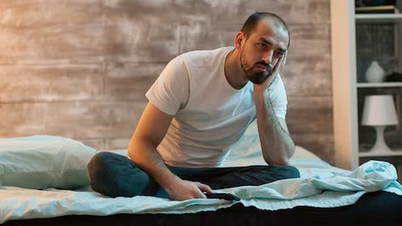







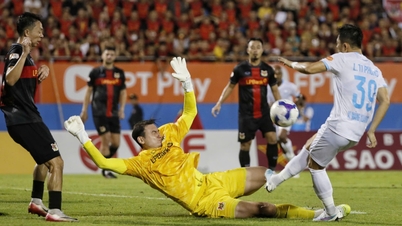

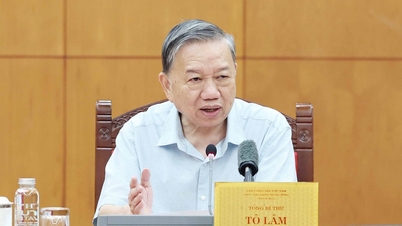


























































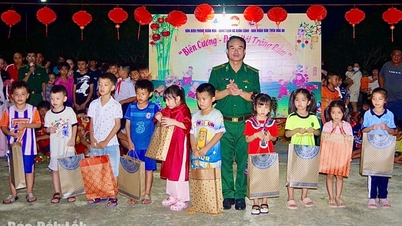











Comment (0)